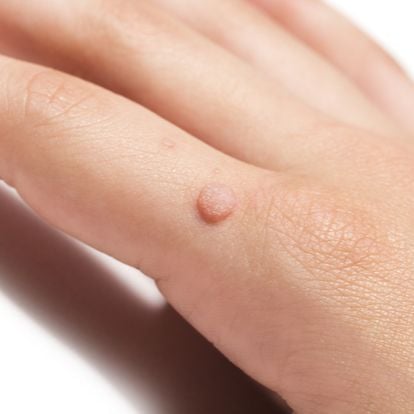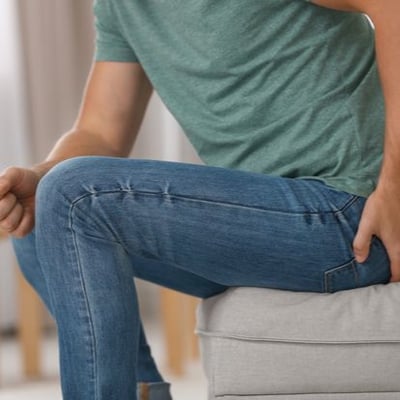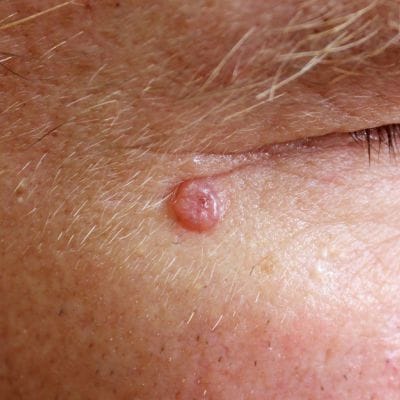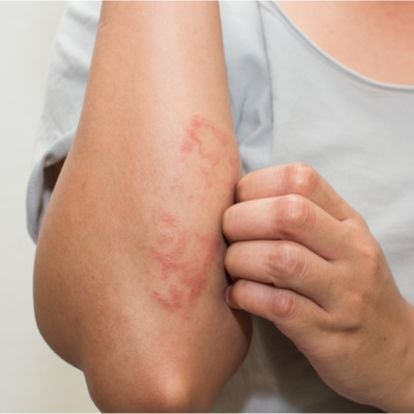Bullous Pemphigoid
Bullous pemphigoid is a rare, chronic, autoimmune blistering disorder that causes large, fluid-filled blisters on the skin. The blisters can occur anywhere on the body but are most often found on the trunk and thighs. They often itch and can be very painful.
Bullous pemphigoid is most common in older adults but can occur at any age. The cause is unknown, but it is thought to be related to an overactive immune system. When your immune system attacks a thin layer of skin called the basement membrane, it causes blisters to form.
There is no cure for bullous pemphigoid, but it can be treated with medication. Treatment usually involves a high dose of steroids, which can be taken orally or injected. In some cases, additional immunosuppressive drugs may be necessary.
Often, bullous pemphigoid goes away on its own within a few months. However, it can come back and may require lifelong treatment.
If you have bullous pemphigoid, you must see a dermatologist or other skin specialist for proper diagnosis and treatment. Early diagnosis and treatment are key to preventing serious complications from the disease.
What Causes Bullous Pemphigoid?
The painful blisters occur as a result of an immune system malfunction. In people with bullous pemphigoid, the immune system attacks the basement membrane layer of the skin. This results in blistering and inflammation.
The exact cause of this autoimmune response is unknown. However, certain factors may play a role, including:
- Light and Radiation: UV radiation therapies for skin conditions and radiation treatment for cancer can trigger bullous pemphigoid.
- Age: As you get older, the likelihood of developing bullous pemphigoid increases.
- Medications: Medications that may cause bullous pemphigoid to include Enbrel, Lasix, Azulfidine, and penicillin
- Underlying medical conditions: If you suffer from a disorder such as psoriasis, rheumatoid arthritis, ulcerative colitis, or multiple sclerosis (MS), these conditions could play a role in developing bullous pemphigoid.
There is no cure for bullous pemphigoid. However, treatment can help to manage the symptoms and prevent complications.
Symptoms of Bullous Pemphigoid
The most common symptom of bullous pemphigoid is large, fluid-filled blisters on the skin. These blisters can occur anywhere but usually appear in flex areas, such as the lower abdomen, upper thighs, upper arms, and armpits. Symptoms include:
- Itching that takes place weeks or months before blisters appear
- Painful, fluid-filled blisters that don’t rupture easily
- Red, inflamed skin surrounding the blisters
- Mouth blisters and sores
- Eczema or other painful rashes
The blisters can range in size from a few millimeters to several centimeters. They are usually itchy and can be very painful. In some cases, the blisters may also cause fever, weight loss, and fatigue. Bullous pemphigoid can even be life-threatening if someone’s immune system is already compromised.
Treatment Options for Bullous Pemphigoid
Like many blistering diseases, bullous pemphigoid typically comes and goes on its own. There will be times when you have few or no symptoms (remission), and then the blisters will come back (flare-ups). However, there are treatments available to help manage your symptoms.
Corticosteroids: These are the most common type of medication used to treat bullous pemphigoid. Steroids can be taken orally (by mouth) or injected. Sometimes, a higher dose may be necessary to control the disease.
Immunosuppressive drugs: If steroids aren’t effective, your doctor may prescribe immunosuppressive drugs such as methotrexate or mycophenolate mofetil. These drugs work by suppressing your immune system.
Antibiotics: In the case of infection, antibiotics may be necessary. Typically, antibiotics are only used if you have an open wound or many blisters. These include tetracycline, doxycycline, and dapsone.
Topical treatments: Topical treatments, such as corticosteroid ointments or creams, can help to relieve itching and blistering.
Wound care: Diseases like bullous pemphigoid cause the skin to raw, blister, and sometimes become infected. Caring for these wounds is important to prevent further damage and complications. This includes keeping the area clean and dry, using sterile bandages, and changing dressings regularly.
Your dermatologist will create a personalized care plan based on the severity of your symptoms. In some cases, bullous pemphigoid may go away on its own without treatment. However, most people will need medication to manage their symptoms.








